20 Simple Baking Projects Perfect for Young Home Chefs
Getting kids excited about baking starts with choosing the right recipes that match their skills and attention spans.
These beginner-friendly projects let children practice basic techniques while creating delicious treats they’ll be proud to share with family and friends.
01. Simple Lemon Glazed Cake
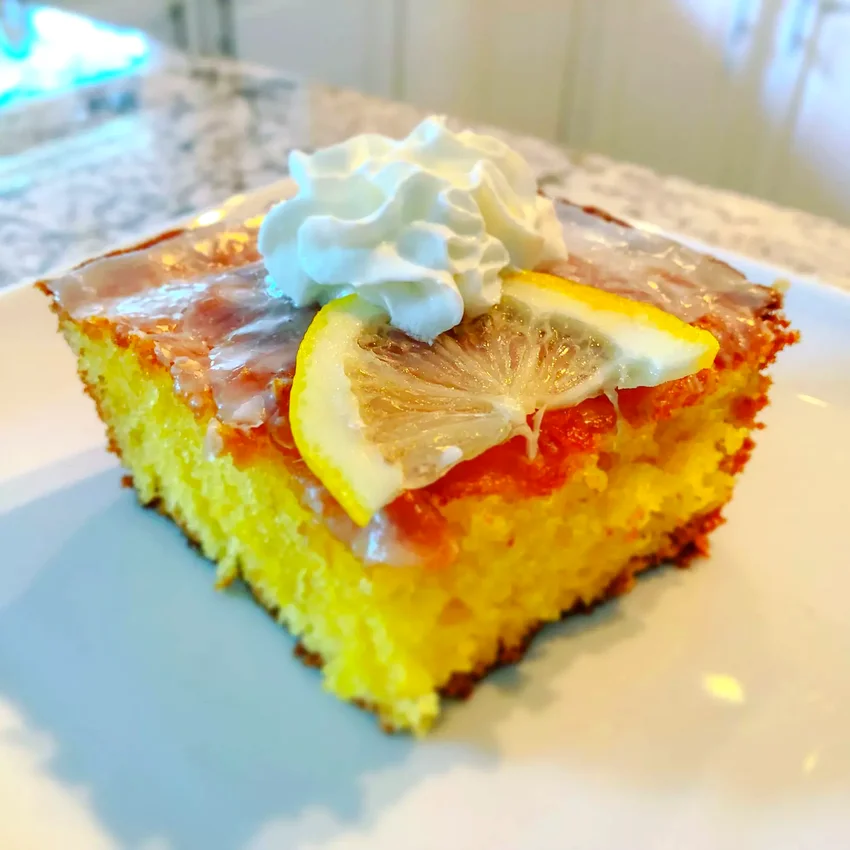
This version uses basic cake mix with fresh lemon juice and powdered sugar for a simple glaze. Kids love poking holes in the warm cake with wooden skewers.
The glaze soaks right into the holes, creating pockets of sweet lemon flavor. This method teaches kids how glazes work on baked goods.
Perfect for beginners who want to learn glazing techniques. The whole project takes about an hour from start to finish.
02. Oven-Baked Pancake
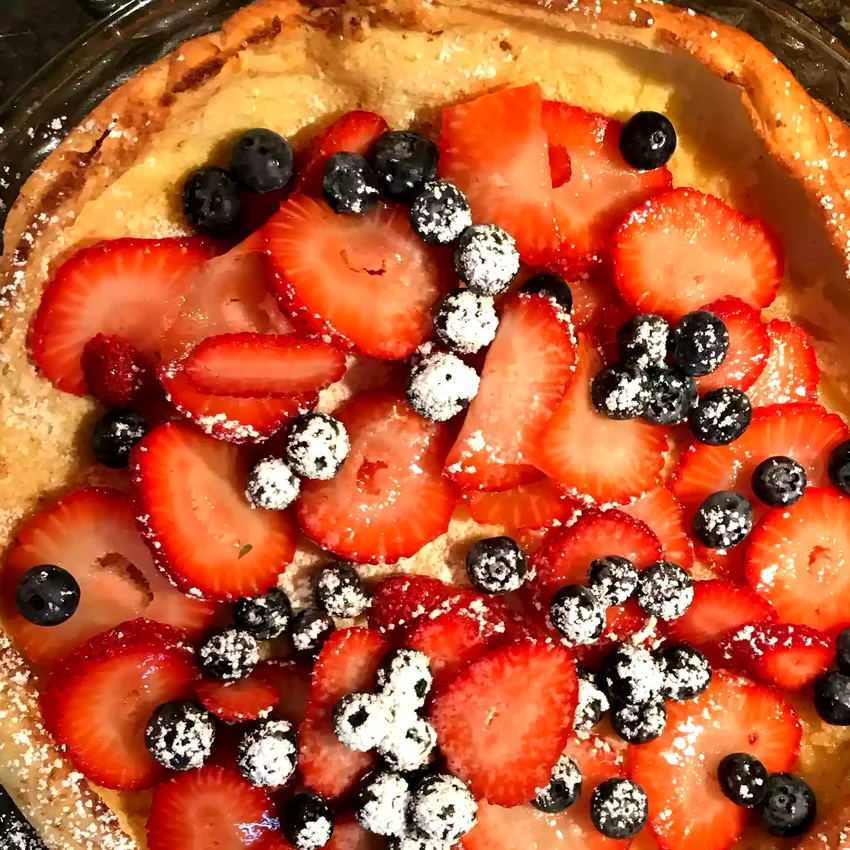
This approach uses regular pancake batter baked in the oven instead of flipping individual pancakes. Kids can whisk the batter and watch it puff up while baking.
The pancake comes out golden and fluffy, ready for lemon juice and powdered sugar. This method eliminates the tricky flipping part that frustrates young cooks.
Great for kids who want pancakes without stovetop cooking. Takes about thirty minutes and serves the whole family at once.
03. Decorated Flower Cupcakes
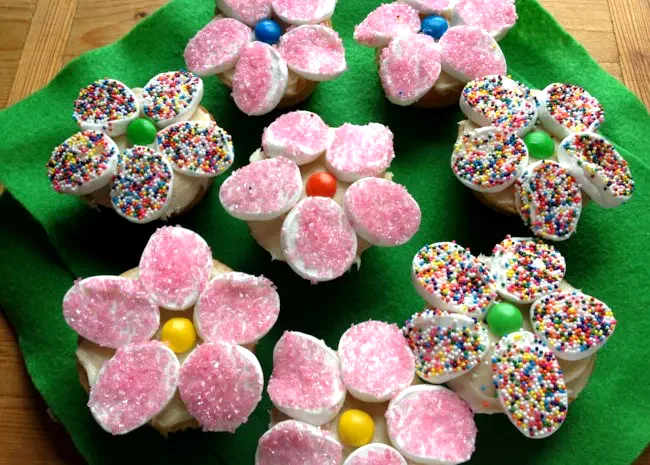
This version starts with basic vanilla cupcakes and homemade buttercream frosting. Kids use sliced marshmallows, edible glitter, and mini candies for decorating.
The decorating process lets children practice piping frosting and arranging toppings. Each cupcake becomes a unique edible flower that kids design themselves.
Perfect for special occasions or teacher gifts. The baking takes an hour, but decorating can take much longer depending on creativity.
04. Fresh Berry Cupcakes
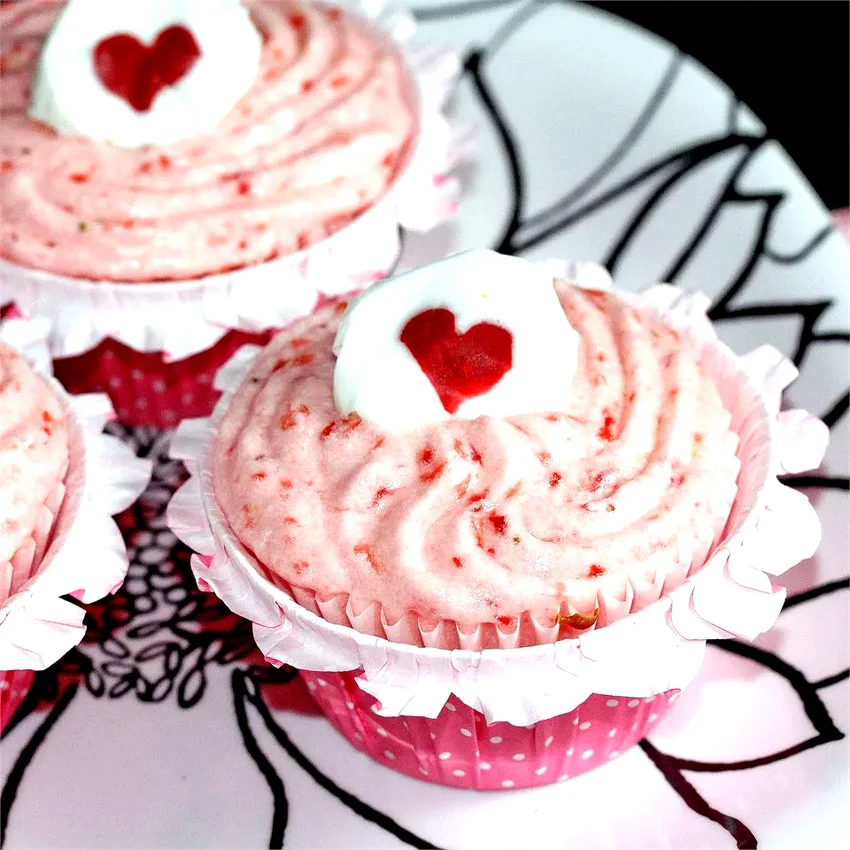
This method uses fresh strawberries or any favorite fruit mixed into basic cupcake batter. The fruit adds natural sweetness and keeps cupcakes moist.
Kids can choose their preferred fruit and help fold it gently into the batter. This teaches them how fresh ingredients change texture and flavor.
Great for using seasonal fruit and getting kids to try new flavors. Simple enough for preschoolers to help with adult supervision.
05. Quick Soda Bread Muffins
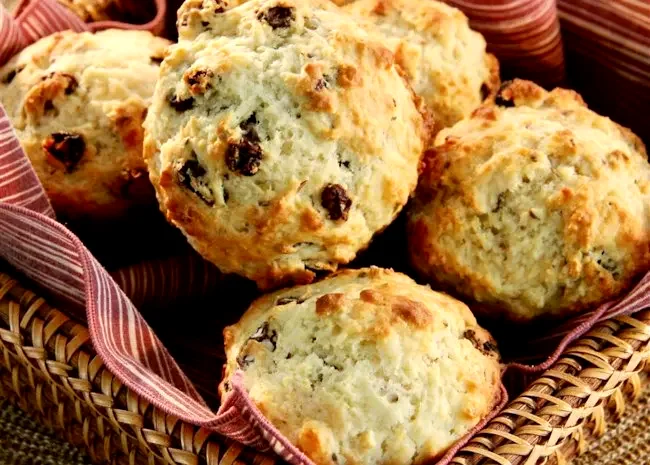
This version uses baking soda instead of yeast, making individual muffins that rise quickly. Kids love watching the huge muffins puff up in the oven.
The dough comes together fast without kneading or rising time. This method teaches kids about chemical leavening versus yeast bread.
Perfect for impatient young bakers who want fresh bread fast. Ready to eat warm with butter in under an hour.
06. Loaded Treasure Cookies
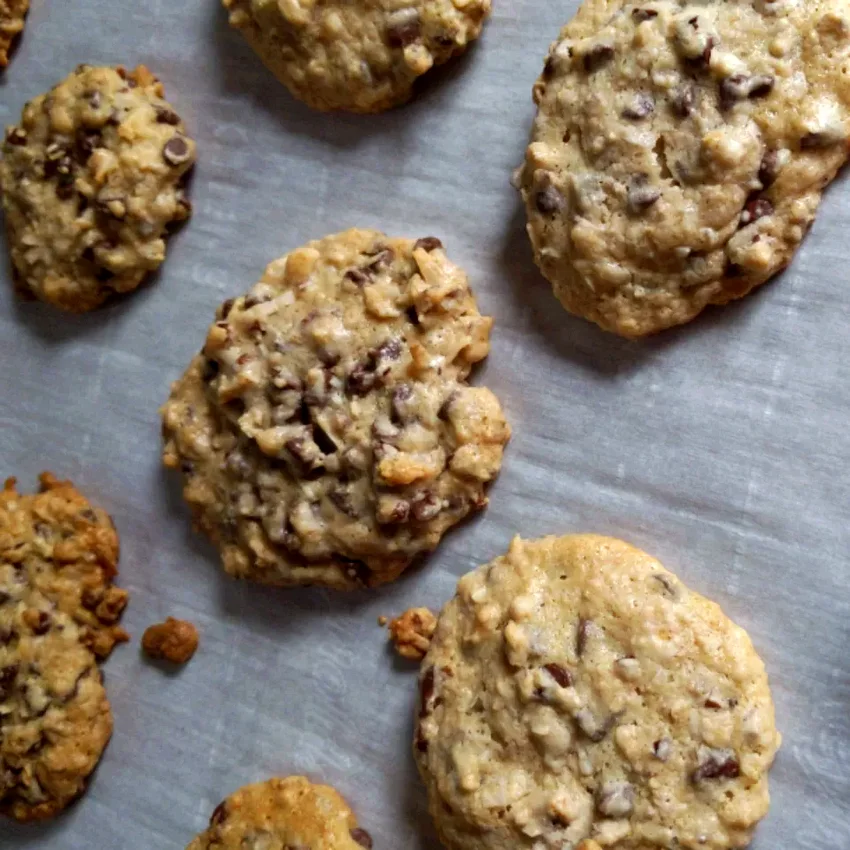
This approach uses basic cookie dough loaded with coconut flakes, chocolate chips, and chopped nuts. Kids can choose their favorite mix-ins for personalized cookies.
The “treasure” concept makes adding ingredients feel like a fun game. Children learn how different additions change cookie texture and taste.
Great for using up pantry ingredients and letting kids experiment. Each batch turns out slightly different depending on chosen treasures.
07. Mini Jam Pastries
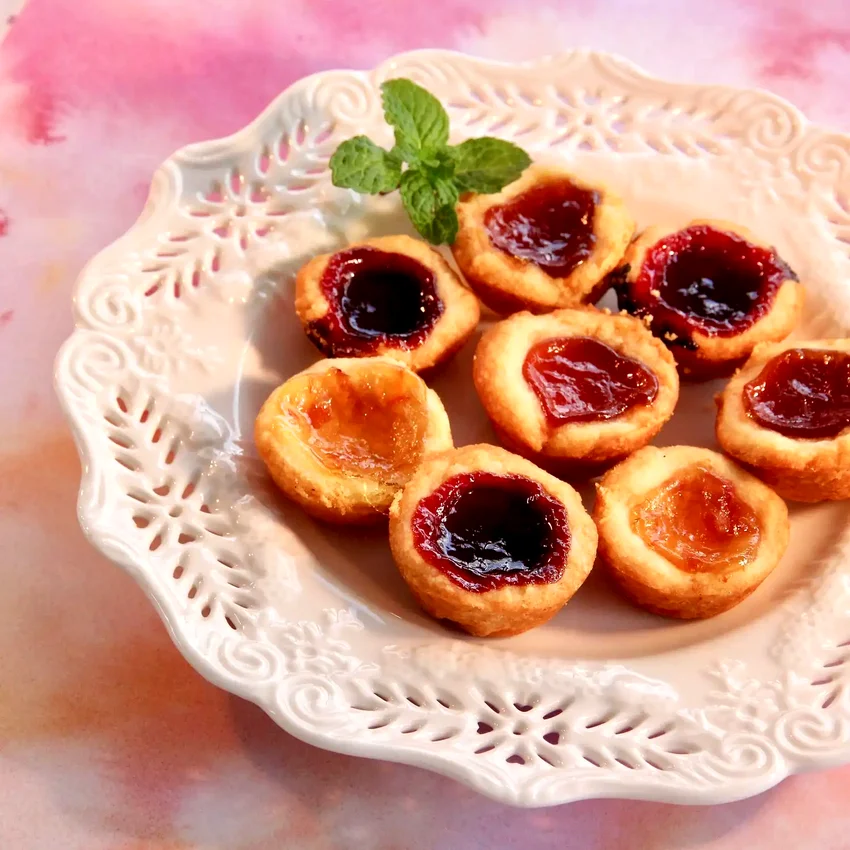
This version uses store-bought pastry dough filled with favorite jams or preserves. Kids can use cookie cutters to make decorative tops.
The simple assembly teaches children about pastry layers and sealing edges. They learn why venting prevents jam from bubbling over.
Perfect for toddlers who can handle most steps independently. Takes about forty minutes and works with any jam flavor.
08. Chocolate Shape Cookies
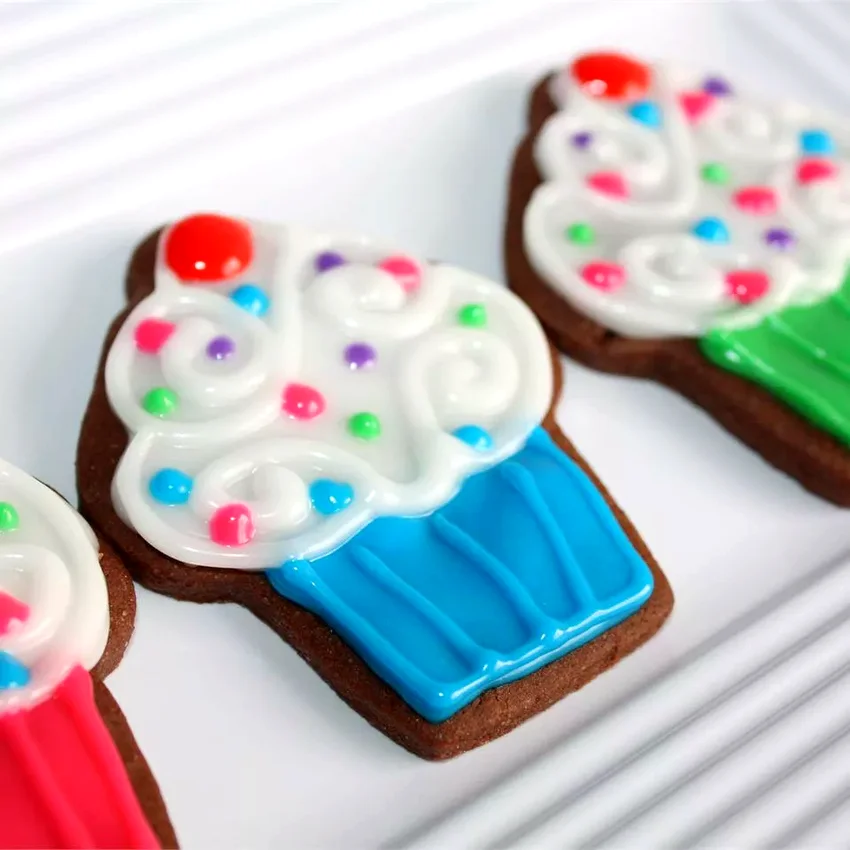
This method creates firm chocolate cookies that hold their shape when cut. Kids can use cookie cutters or stamp out fun shapes for any occasion.
The dough rolls easily and bakes into cookies with brownie-like texture. This approach works better than sugar cookies for chocolate lovers.
Great for holiday baking or themed parties. The dough is forgiving and easy for small hands to manage.
09. Beginner Herb Focaccia
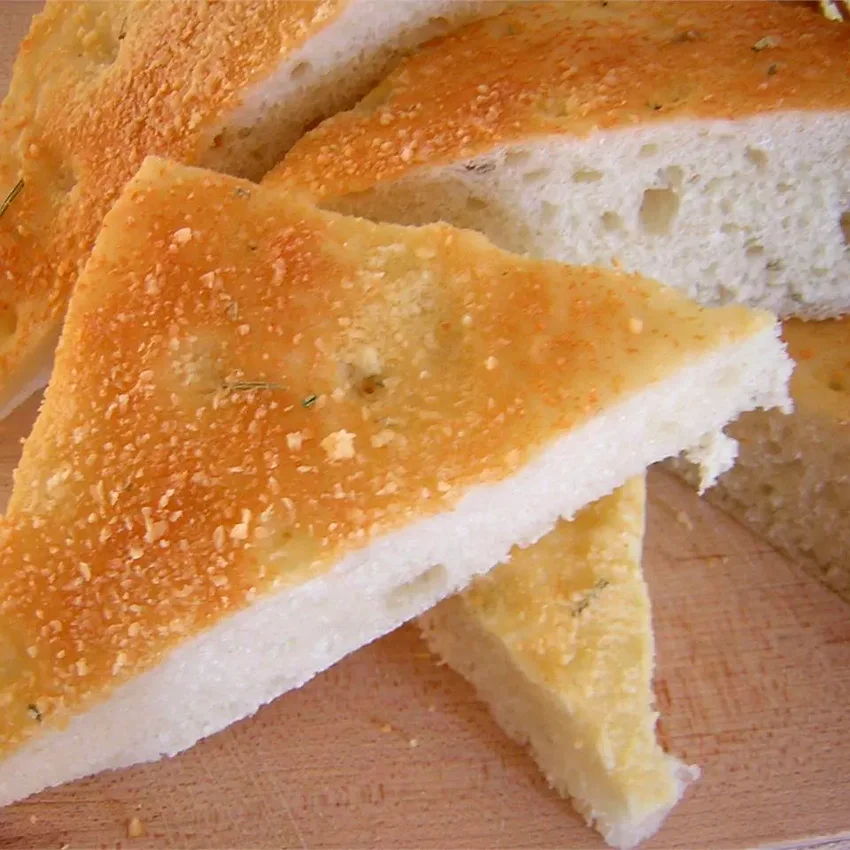
This version introduces kids to yeast bread with a simple focaccia recipe. They learn about proofing yeast and watching dough rise.
The bread bakes into fluffy interior with crispy herbed crust. Kids can press herbs and coarse salt into the dough before baking.
Perfect for older children ready to learn bread science. Takes about three hours total but most time is hands-off rising.
10. Yogurt Container Cake
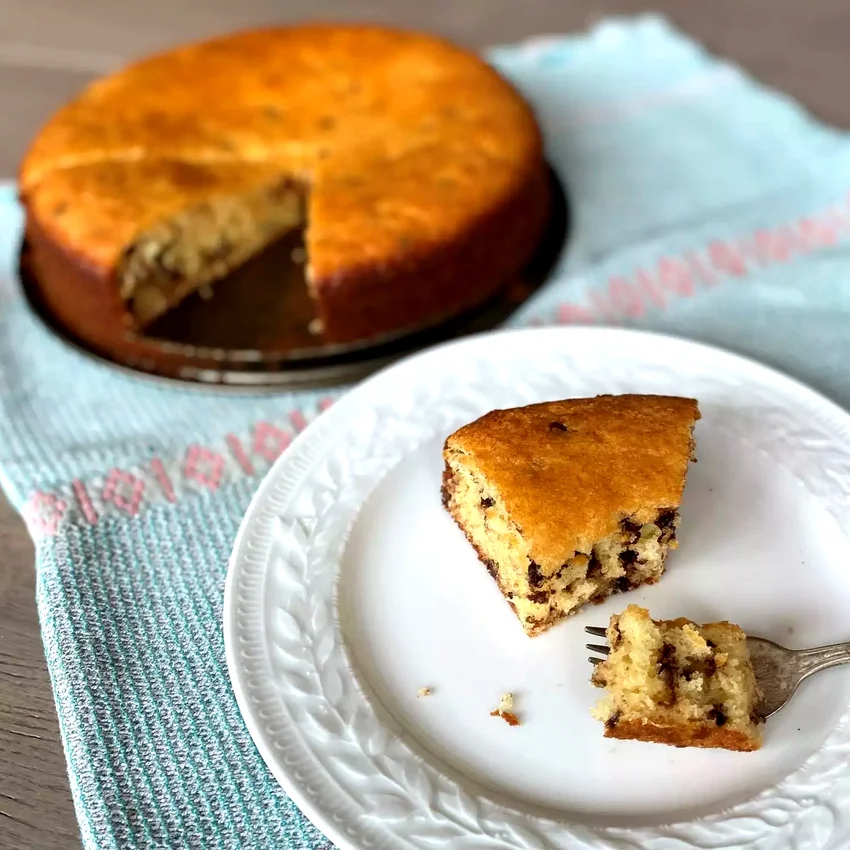
This approach uses empty yogurt containers as measuring cups for all ingredients. Kids love the simple measuring system and can use any yogurt flavor.
The yogurt keeps the cake moist while adding subtle flavor. This method teaches basic measuring skills without complicated fractions.
Great for preschoolers learning to measure ingredients. The whole process embraces mess and focuses on fun over perfection.
11. Chewy Coconut Chip Cookies
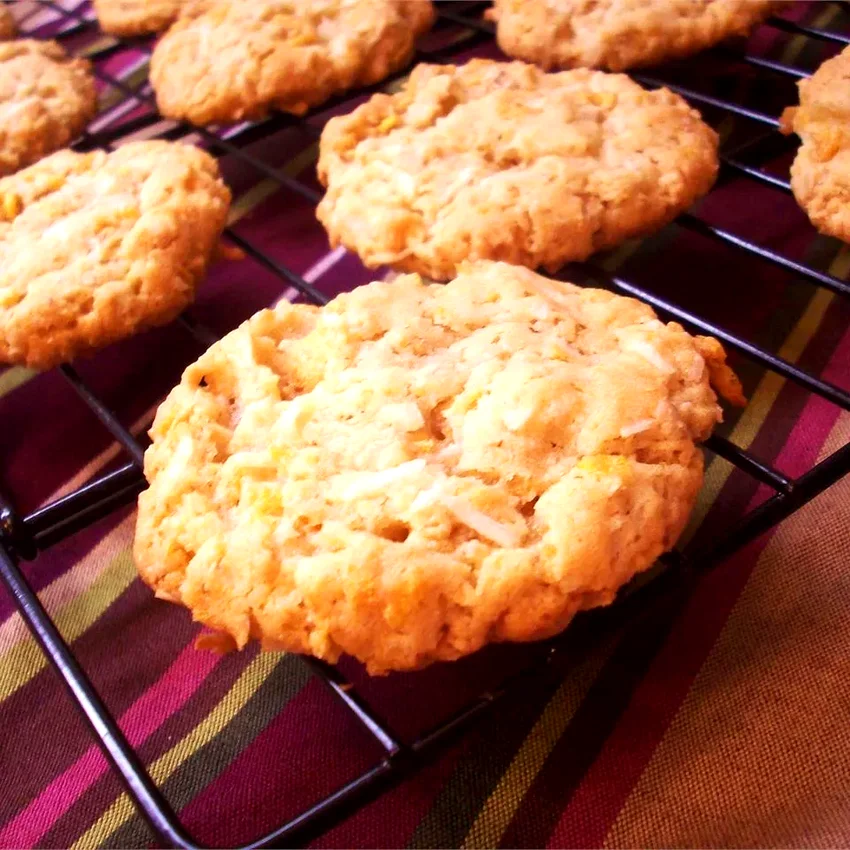
This version combines shredded coconut with chocolate chips in basic cookie dough. Kids can add their preferred amount of each ingredient.
The coconut creates chewy texture while chocolate chips add sweetness. This method lets children customize their cookies to personal taste.
Perfect for kids who love coconut or want to try new flavors. Simple enough for elementary age children to make mostly independently.
12. Brownie Ice Cream Cones
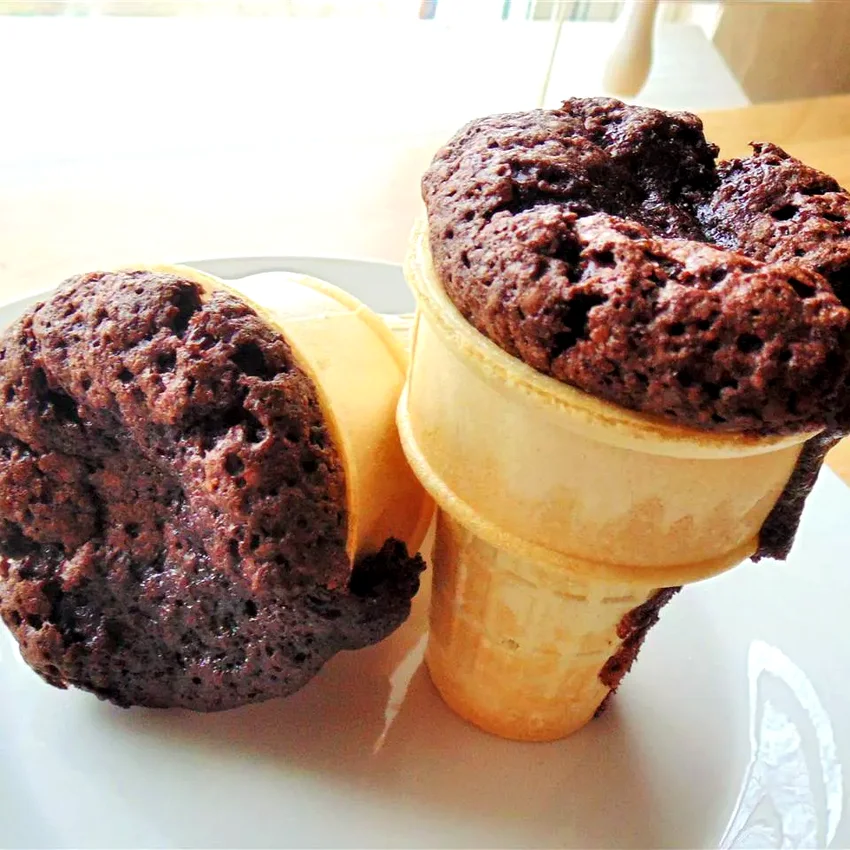
This fun method involves scooping brownie batter into ice cream cones before baking. Kids can set up toppings and decorate their own cones.
The cones hold their shape while brownies bake inside, creating edible bowls. This approach combines baking with creative decorating activities.
Great for parties where kids want individual treats. The novelty factor makes this project extra exciting for young bakers.
13. Basic Butter Scones
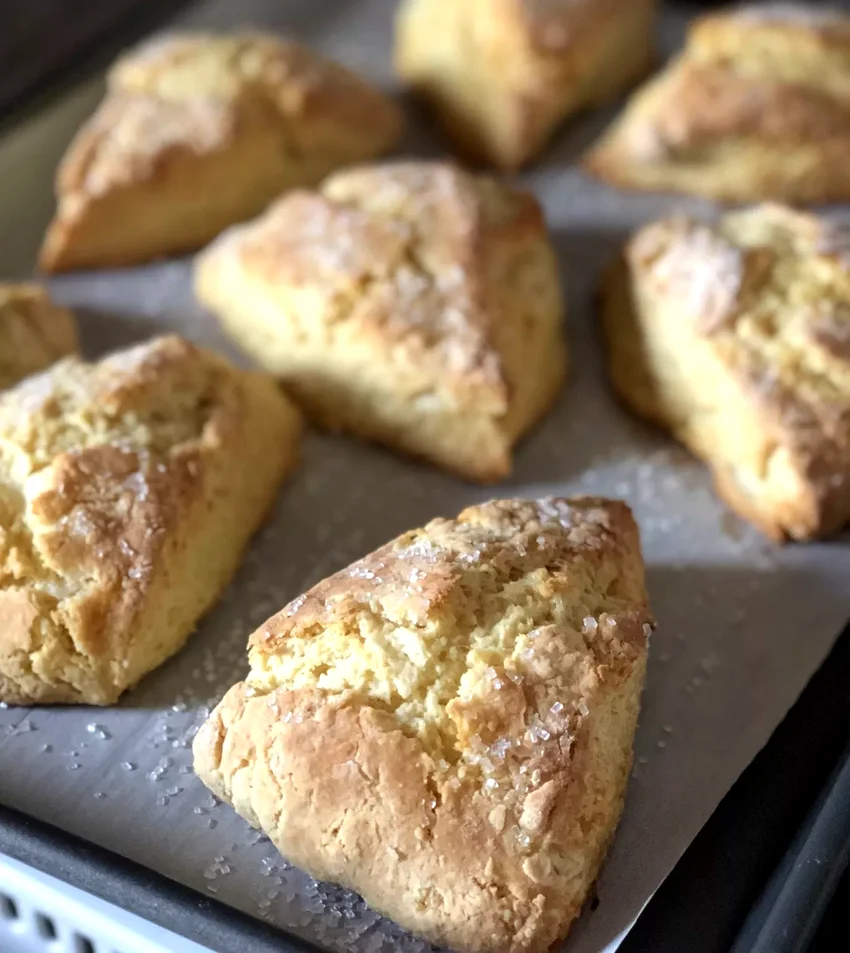
This version teaches kids to make tender, flaky scones from scratch using butter, flour, and milk. They can brush tops with egg wash for golden color.
The technique involves cutting butter into flour, which kids love doing with pastry cutters. This method teaches basic pastry-making skills.
Perfect for older children ready for more advanced techniques. Add-ins like berries or chocolate chips make each batch unique.
14. Olive Oil Sugar Cookies

This approach uses olive oil instead of butter, creating softer cookies with different flavor. Kids help line pans, beat ingredients, and drop dough spoonfuls.
The oil makes mixing easier for small hands compared to creaming butter. This method introduces children to ingredient substitutions in baking.
Great for families avoiding dairy or wanting healthier options. The cookies turn out tender with subtle olive oil flavor.
15. Three-Ingredient Peanut Butter Cookies

This simple version uses only peanut butter, sugar, and eggs to make chewy cookies. Kids can handle the entire recipe with minimal adult help.
The minimal ingredients make this perfect for teaching basic cookie science. Children learn how each ingredient contributes to final texture and taste.
Perfect for beginning bakers or quick afternoon treats. Ready to eat in under thirty minutes from start to finish.
16. Baked Banana Donuts
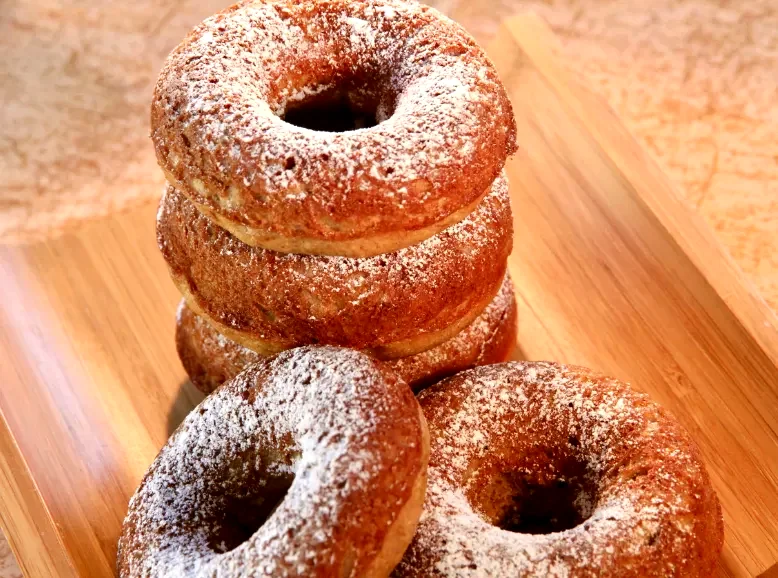
This method uses ripe bananas in baked donut batter instead of frying. Kids can practice piping batter into donut pans using plastic bags.
The batter can be made ahead and stored overnight in the refrigerator. This approach teaches children about piping techniques and donut pan use.
Great for weekend breakfast projects with the family. Much safer than fried donuts and just as delicious with glaze or powdered sugar.
17. Two-Ingredient Pizza Base
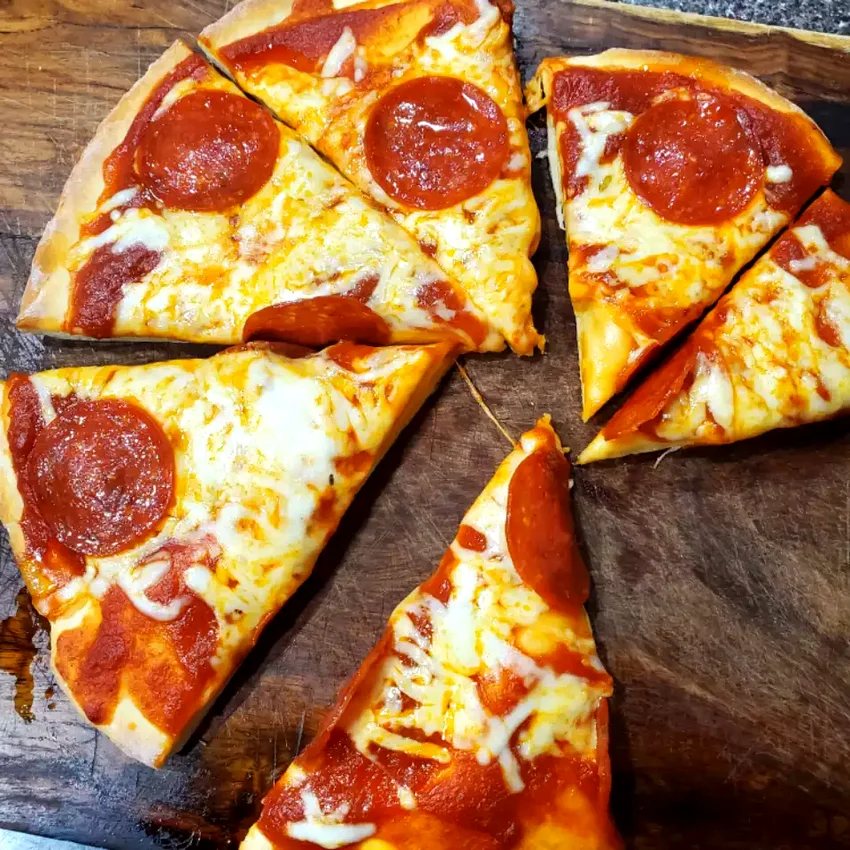
This version combines self-rising flour with Greek yogurt to make easy pizza dough. Kids can roll it out and add their favorite toppings.
The dough requires no rising time and comes together in minutes. This method teaches children that bread doesn’t always need yeast.
Perfect for quick dinner solutions when kids want to help cook. Advanced young cooks can experiment with herbs or make calzones.
18. Cute Hedgehog Cookies
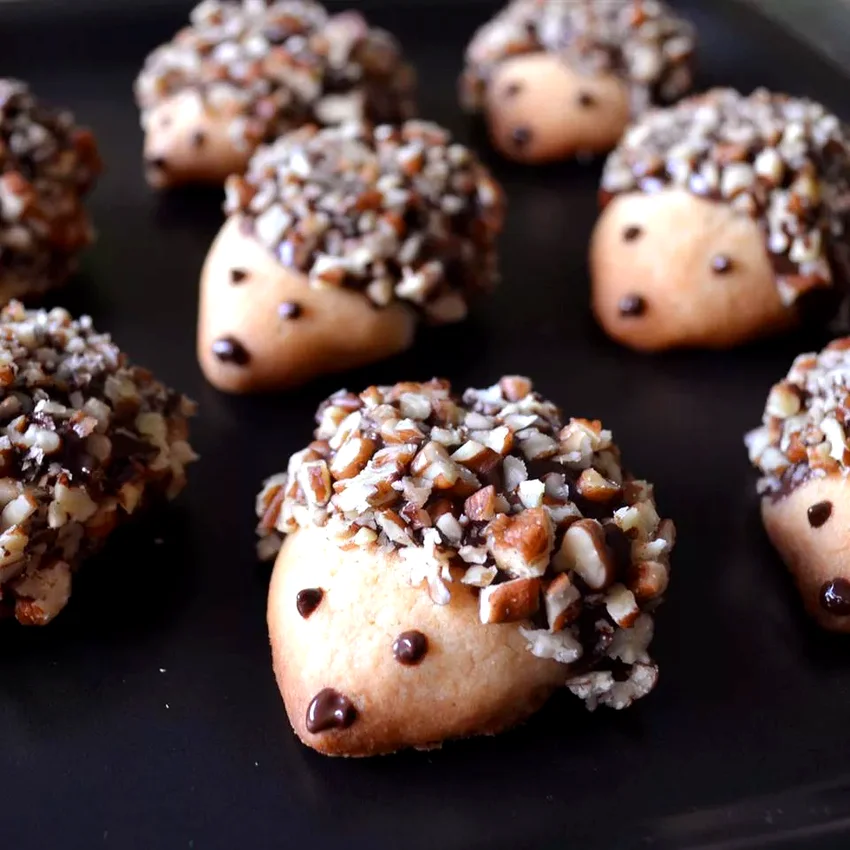
This approach creates adorable animal-shaped cookies that kids decorate after cooling. They use chocolate chips, almonds, and icing for hedgehog features.
The decorating process lets children practice fine motor skills while being creative. Each hedgehog cookie develops its own personality through decoration choices.
Great for school events or playdates where kids want impressive results. The decorating takes longer than baking but keeps children engaged.
19. Twisted Cheese Straws

This version uses frozen puff pastry with grated cheese, twisted into stick shapes. Kids love the hands-on twisting process and seeing pastry puff up.
The twisting technique doesn’t need to look perfect to taste great. This method teaches children about working with pastry dough layers.
Perfect for savory snacks or party appetizers. Takes about thirty minutes and works well with different cheese types.
20. Raspberry Oat Squares
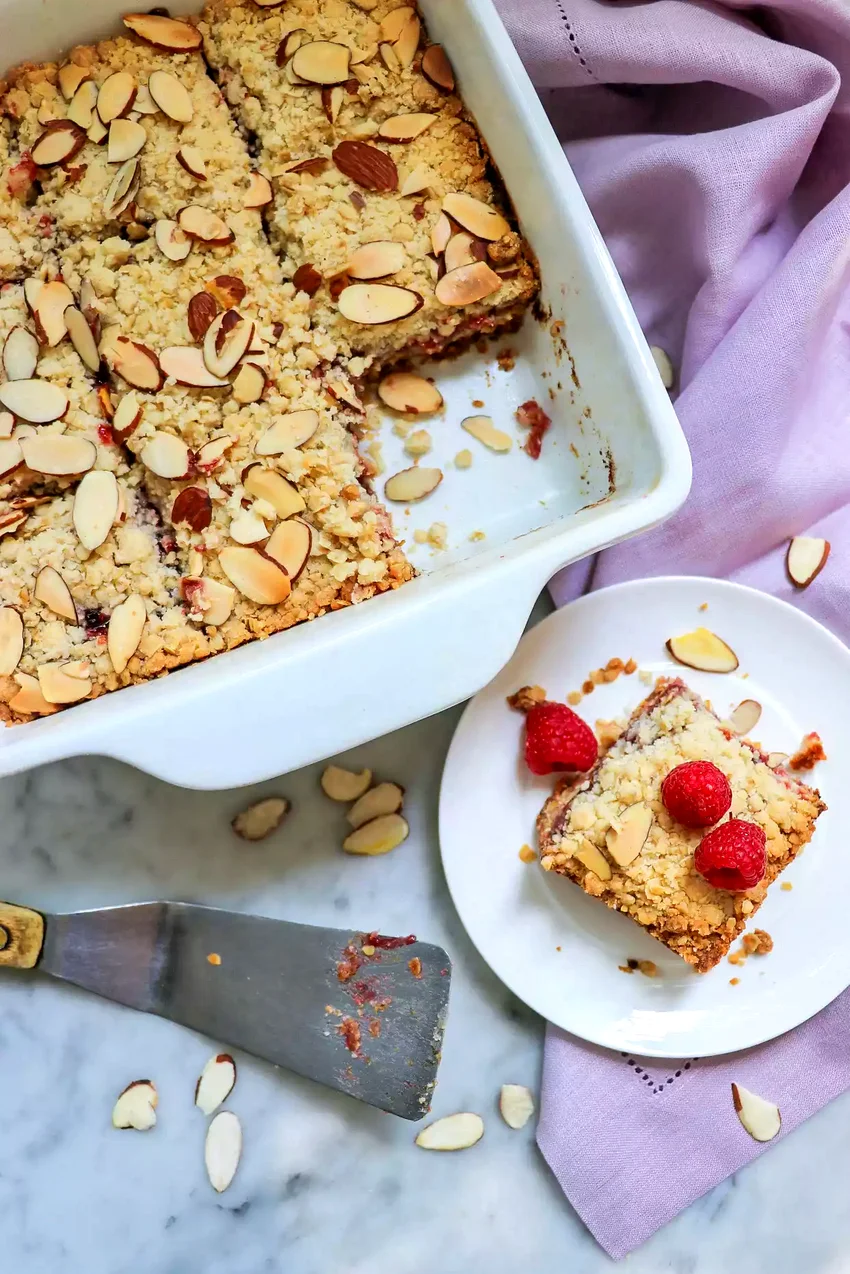
This approach layers oat mixture with raspberry jam, then tops with more oats and sliced almonds. Kids love getting hands messy pressing mixtures together.
The bars hold together well and slice cleanly when cooled completely. This method teaches children about layered bar cookie construction.
Great for older elementary kids who can follow multi-step recipes. The hands-on mixing makes children feel proud of their homemade results.
Final Thoughts
These kid-friendly baking projects build confidence in the kitchen while teaching essential cooking skills that last a lifetime.
Start with simpler recipes and gradually work up to more complex techniques as young bakers develop their skills and passion for creating delicious treats.
